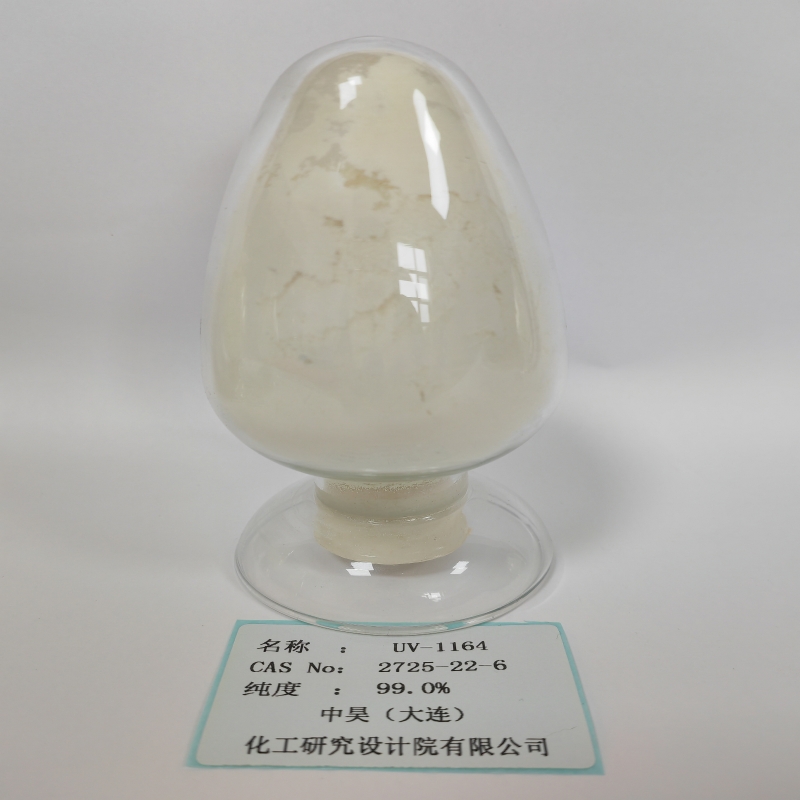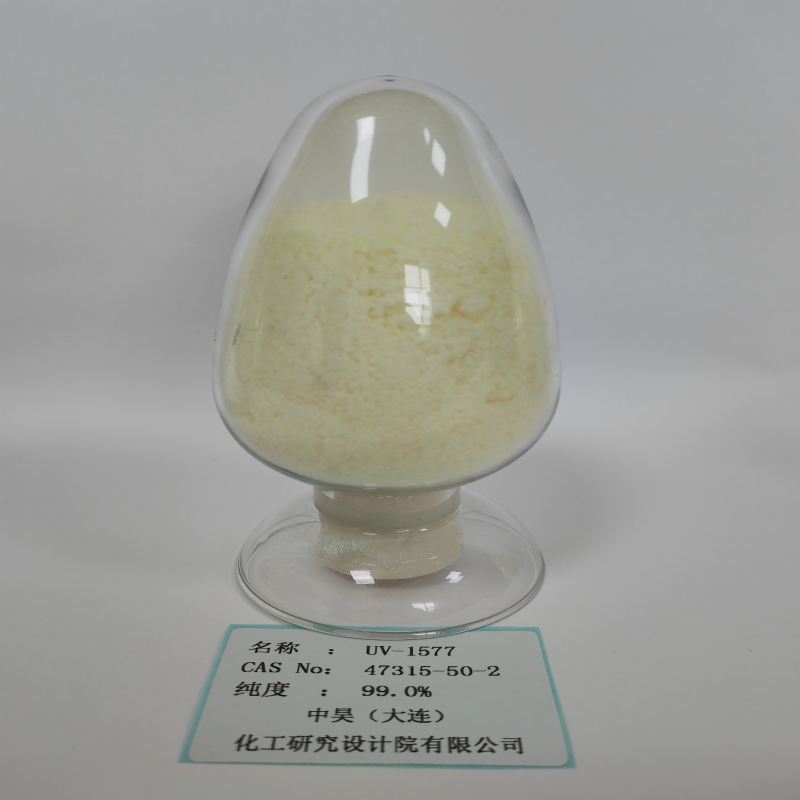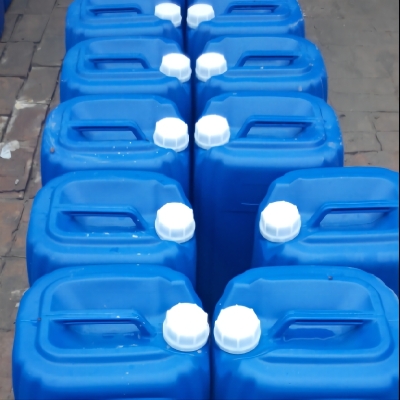-
Categories
-
Pharmaceutical Intermediates
-
Active Pharmaceutical Ingredients
-
Food Additives
- Industrial Coatings
- Agrochemicals
- Dyes and Pigments
- Surfactant
- Flavors and Fragrances
- Chemical Reagents
- Catalyst and Auxiliary
- Natural Products
- Inorganic Chemistry
-
Organic Chemistry
-
Biochemical Engineering
- Analytical Chemistry
-
Cosmetic Ingredient
- Water Treatment Chemical
-
Pharmaceutical Intermediates
Promotion
ECHEMI Mall
Wholesale
Weekly Price
Exhibition
News
-
Trade Service
The Natural Resources and Energy Agency under the Ministry of Economy, Trade and Industry (METI) recently said that the new assessment guidelines of the Japan Photovoltaic Energy Association (JPEA) solve many problems
caused by the rapid development of the photovoltaic industry in the past 5-6 years.
The Department of Natural Resources and Energy believes that the document provides a valuable resource for third parties, such as insurers and potential secondary market investors to assess the quality of the project, especially for small installations
in the 10-50 kW range.
"We hope that this assessment guide will ensure proper maintenance and reinvestment to ensure the long-term stable operation of solar power generation and revitalize the secondary market
," the Department of Natural Resources and Energy said.
”
According to international renewable?? Japan's old feed-in tariff (FIT) system has been particularly effective in promoting solar development, increasing the country's cumulative installed capacity from 6.
6 GW at the end of 2012 to nearly 50 GW in December 2017
, according to the Energy Agency.
However, generous government subsidies sparked a gold rush mentality in the early days of the FIT system, attracting a large number of inexperienced investors and future developers into the PV industry
.
This has led to many poorly constructed projects in the country, raising concerns
about the long-term viability of many facilities.
Published by JPEA in June, the guide covers civil engineering requirements for projects, as well as legal issues, operating and maintenance standards, and issues
related to completing the procurement of photovoltaic installations.
Research firm RTS responded to the Agency's view in its latest monthly survey of Japan's PV industry, saying the guidelines will improve the business environment and ensure project owners continue to invest in maintaining operating PV arrays
.
"Secondary market trading is expected to be reinvigorated," concluded RTS
, a Tokyo-based consulting firm.
The Natural Resources and Energy Agency under the Ministry of Economy, Trade and Industry (METI) recently said that the new assessment guidelines of the Japan Photovoltaic Energy Association (JPEA) solve many problems
caused by the rapid development of the photovoltaic industry in the past 5-6 years.
The Department of Natural Resources and Energy believes that the document provides a valuable resource for third parties, such as insurers and potential secondary market investors to assess the quality of the project, especially for small installations
in the 10-50 kW range.
"We hope that this assessment guide will ensure proper maintenance and reinvestment to ensure the long-term stable operation of solar power generation and revitalize the secondary market
," the Department of Natural Resources and Energy said.
”
According to international renewable?? Japan's old feed-in tariff (FIT) system has been particularly effective in promoting solar development, increasing the country's cumulative installed capacity from 6.
6 GW at the end of 2012 to nearly 50 GW in December 2017
, according to the Energy Agency.
However, generous government subsidies sparked a gold rush mentality in the early days of the FIT system, attracting a large number of inexperienced investors and future developers into the PV industry
.
This has led to many poorly constructed projects in the country, raising concerns
about the long-term viability of many facilities.
Published by JPEA in June, the guide covers civil engineering requirements for projects, as well as legal issues, operating and maintenance standards, and issues
related to completing the procurement of photovoltaic installations.
Research firm RTS responded to the Agency's view in its latest monthly survey of Japan's PV industry, saying the guidelines will improve the business environment and ensure project owners continue to invest in maintaining operating PV arrays
.
"Secondary market trading is expected to be reinvigorated," concluded RTS
, a Tokyo-based consulting firm.







